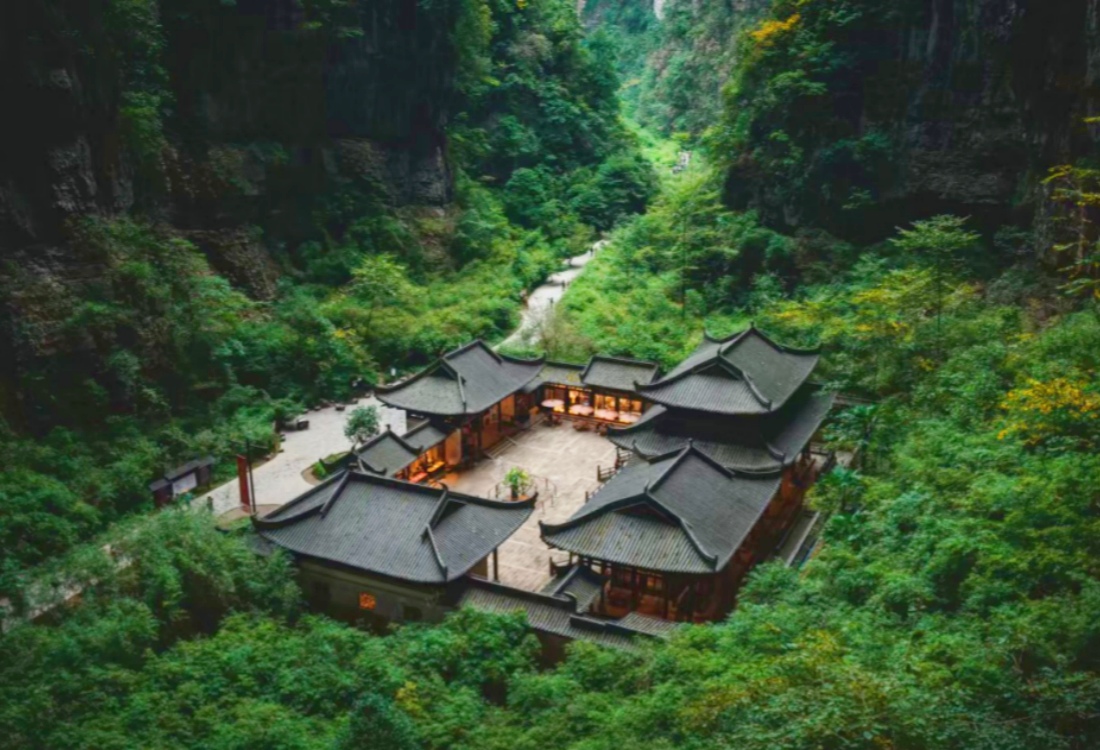Table of Contents
ToggleIntroduction: Understanding Altitude Sickness
Altitude sickness, also known as acute mountain sickness (AMS), occurs when you ascend to high altitudes too quickly without giving your body time to adjust to the decreased oxygen levels. This condition is common for those traveling to mountainous destinations such as Tibet, the Himalayas, or areas with an elevation of 2,500 meters (8,200 feet) and higher. In this article, we’ll explore the symptoms, prevention strategies, and treatment options to help you manage altitude sickness and enjoy your high-altitude adventure safely.
Symptoms of Altitude Sickness
Altitude sickness can affect anyone, regardless of fitness level. The symptoms can range from mild to severe and may appear within hours of reaching higher elevations. Common symptoms include:
- Headache: One of the most common early symptoms of altitude sickness is a throbbing headache.
- Dizziness and Nausea: Feeling lightheaded or nauseous is common as your body struggles to adapt to reduced oxygen levels.
- Fatigue and Weakness: As your body acclimates, you may feel more tired than usual, even with minimal physical exertion.
- Shortness of Breath: Breathing becomes more difficult as oxygen levels decrease at high altitudes.
- Insomnia and Loss of Appetite: Difficulty sleeping and a reduced appetite are also common signs of AMS.
- Swelling: Some people may experience mild swelling in the hands, feet, or face.
It’s important to monitor these symptoms closely, as they can worsen without intervention. If symptoms persist or become severe, it’s crucial to take action immediately.
Prevention: How to Avoid Altitude Sickness
Preventing altitude sickness is always preferable to treating it. Here are some tips to help you avoid AMS while traveling to high-altitude destinations:
- Ascend Gradually: Avoid rapid ascents by taking time to acclimatize. Aim to increase your altitude by no more than 300–500 meters (1,000–1,500 feet) per day.
- Stay Hydrated: Dehydration can worsen symptoms of altitude sickness. Drink plenty of water and avoid alcohol and caffeine, which can dehydrate the body.
- Rest and Acclimatize: Take frequent rest days to allow your body to adjust. If you’re hiking or trekking, allow time for your body to acclimatize before ascending further.
- Eat Light Meals: Eating light, easily digestible meals will help maintain your energy without overburdening your digestive system.
- Take Medications: Some travelers take medications such as acetazolamide (Diamox) to help speed up acclimatization. Consult with your doctor before using any medication.
- Know Your Limits: It’s essential to listen to your body. If you start feeling unwell, don’t push yourself further. Return to lower elevations if necessary.
Treatment of Altitude Sickness: What to Do If You Get Sick
If you start experiencing symptoms of altitude sickness, taking immediate action can prevent it from worsening into more serious conditions, such as high-altitude pulmonary edema (HAPE) or high-altitude cerebral edema (HACE). Here’s what you can do:
- Descend to Lower Elevations: If symptoms don’t improve with rest, the most effective treatment is to descend to a lower altitude. Going down by 500–1,000 meters (1,600–3,300 feet) can provide relief.
- Rest and Hydrate: Take it easy and drink plenty of fluids. Avoid physical exertion to allow your body time to recover.
- Medications: Over-the-counter painkillers like ibuprofen or aspirin can help relieve headaches, while anti-nausea medications may ease symptoms. Acetazolamide (Diamox) is commonly prescribed to aid acclimatization.
- Oxygen: In more severe cases, supplemental oxygen can help alleviate symptoms, particularly in cases of extreme altitude sickness.
- Seek Medical Help: If symptoms persist or worsen, seek immediate medical attention. Severe altitude sickness requires urgent care and can be life-threatening.
Severe Cases: Recognizing HAPE and HACE
In rare but severe cases, altitude sickness can progress to HAPE or HACE. These are life-threatening conditions that require immediate medical intervention:
- HAPE (High Altitude Pulmonary Edema): This occurs when fluid accumulates in the lungs, causing difficulty breathing, cough, chest tightness, and a feeling of suffocation. Immediate descent and oxygen are necessary for treatment.
- HACE (High Altitude Cerebral Edema): HACE occurs when fluid builds up in the brain, leading to confusion, lack of coordination, dizziness, and even coma. Immediate descent and medical assistance are crucial.
Conclusion: Staying Safe in High Altitudes
Altitude sickness is a common challenge for travelers venturing to high-altitude destinations, but with proper preparation, you can reduce the risk and ensure a safe and enjoyable trip. Ascending gradually, staying hydrated, and resting during your journey are essential to prevent altitude sickness. If you do experience symptoms, immediate action is key to treating the condition and avoiding serious health risks. By understanding the symptoms and prevention strategies, you can confidently tackle high-altitude adventures and enjoy the breathtaking landscapes they offer.









